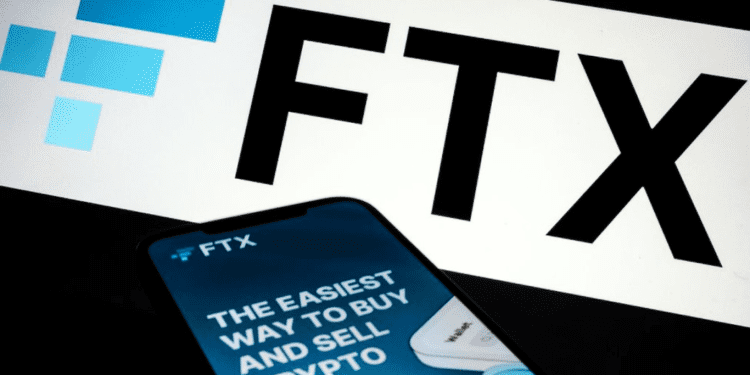- Failed cryptocurrency exchange FTX’s remaining assets are being identified and inventoried in Chapter 11 bankruptcy cases.
- $2.2 billion of total assets have been located, of which only $694 million are the most liquid currencies, such as fiat, stablecoin, BTC or ETH.
- FTX CEO John J. Ray III warns that all the facts are not yet in and their books and records are incomplete and in many cases, totally absent.
The downfall of FTX, a once-promising cryptocurrency exchange, has been nothing short of spectacular. The latest revelations about the company’s finances paint a grim picture, with the total assets recovered at $2.2 billion. Of which only $694 million are in the most liquid currencies, such as fiat, stablecoin, BTC, or ETH. The remaining assets are tied up in net borrowing by Alameda Research, leaving little for customers to recover. FTX CEO John J. Ray III has warned that all the facts are not yet in, but the information provided so far is not encouraging.
FTX filed for Chapter 11 bankruptcy in November 2022 after it became apparent that the company’s finances were in disarray. The company had been commingling its assets and needed complete books and records, which made it difficult to determine the extent of the losses. The bankruptcy proceedings have been complicated because FTX had more than a hundred companies in its group globally, and many of these companies had overlapping assets and liabilities.
Uncertainty Remains Regarding Customer Recoveries
The latest presentation filed by the FTX debtors group reveals that the situation is worse than previously thought. $293 million has been removed from wallets preliminarily sourced to the FTX.COM exchange, and $139 million from wallets preliminarily sourced to the FTX.US exchange through unauthorized transfers. This makes it difficult to determine the true extent of customer losses.
FTX’s problems have been exacerbated by its founder, Sam Bankman-Fried, needing to be more forthcoming about the company’s finances.
Bankman-Fried has repeatedly claimed that FTX US is “fully solvent,” but the debtor group’s research says otherwise. The debtor group has located $191 million of total assets in the wallets of the accounts associated with the FTX.US exchange, in addition to $28 million of customer receivables and $155 million of related party receivables. This compares to $335 million of customer claims and $283 million of related party claims payable.
FTX Debtors Group Recovers $6.1 Billion in Assets So Far
The debtor group’s presentation also updated the number of liquid assets currently recovered and held by the debtors’ group, which grew from $5.5 billion to $6.1 billion since its last report in January. Although the increase is primarily the result of updated digital asset pricing, the group also recovered $202 million held at Alameda, $125 million in stablecoins, and $57 million in various cryptocurrencies held at subsidiaries.
Despite the information gathered to date, the FTX debtors group attached numerous disclaimers to its report, noting that “it is not possible to calculate or predict customer recoveries based on the preliminary information in the presentation.” Reasons cited include fluctuating valuations, insider access, commingling of funds, other unidentified claims, and the disposition of “over a hundred companies comprising the FTX group globally.”
The FTX case highlights the need for better regulation in the cryptocurrency market. The lack of regulation has led to many exchanges with questionable financial practices. Governments worldwide are beginning to recognize the need for better regulation in the cryptocurrency market, and we can expect to see more regulation in the coming years.














